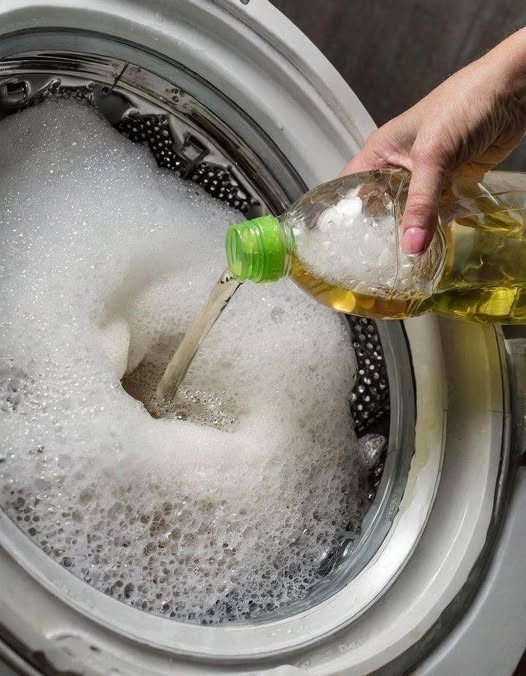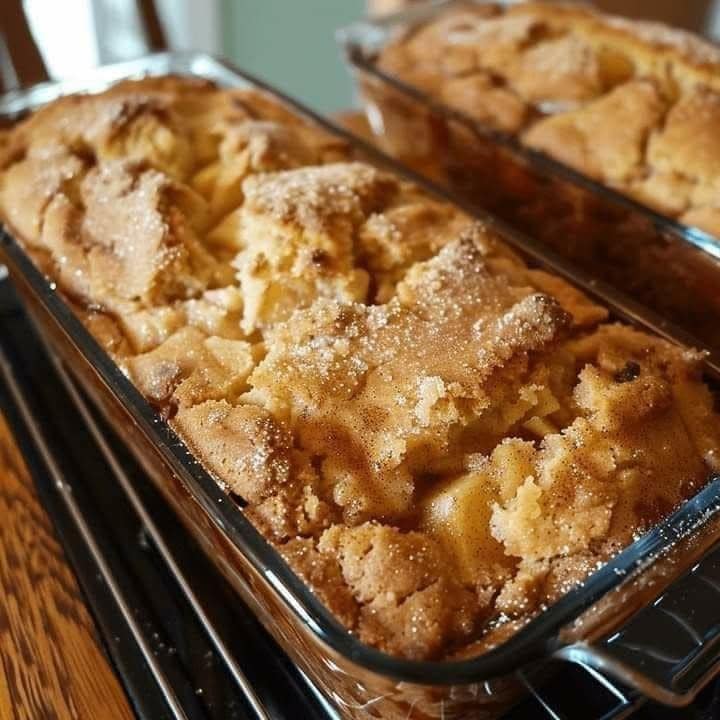- Use authentic piloncillo if possible—it gives a richer flavor than brown sugar.
- Toast the bread well, especially if it’s fresh. This is key to avoiding a soggy texture.
- Don’t overbake—you want the cheese to melt and the syrup to soak in, but not to dry it out.
- Customize it! Some families add sliced plantains, dried apricots, or even a hint of chocolate. Make it your own.
❤️ A Recipe Worth Passing Down
Capirotada is more than a dessert—it’s a reminder of childhood kitchens, of Lenten Fridays with family, of grandmothers stirring pots with love. Every bite tells a story. Whether you’re continuing a family tradition or starting a new one, this recipe brings people together.
📦 Storing & Reheating
- Store leftovers in an airtight container in the fridge for up to 4–5 days.
- Reheat individual portions in the microwave or warm in the oven at 300°F for 10 minutes.
- Freezing? Not recommended, as the texture may become mushy upon thawing.
🧂 Common Questions
Q: Can I make capirotada ahead of time?
A: Absolutely! In fact, some people think it tastes even better the next day once the flavors meld. Prepare and refrigerate it, then reheat before serving.
Q: Is it always sweet?
A: Traditional capirotada is sweet, but savory variations exist in some regions of Mexico. The sweet version is most popular during Lent and holidays.
Q: Is it kid-friendly?
A: Yes! Kids often love the soft texture and the sweetness—especially if you use fun add-ins like chocolate chips or banana slices.
✨ Final Thoughts
Grandma’s capirotada isn’t just a dessert—it’s a warm hug from the past, layered with love and history. Whether you’re serving it during Lent, sharing it at a holiday gathering, or simply making it on a cozy winter night, this traditional Mexican bread pudding is sure to bring joy to your table.
So go ahead, gather the ingredients, invite someone to help you layer, and let your kitchen be filled with the rich aroma of cinnamon, cloves, and memories. 🌟





